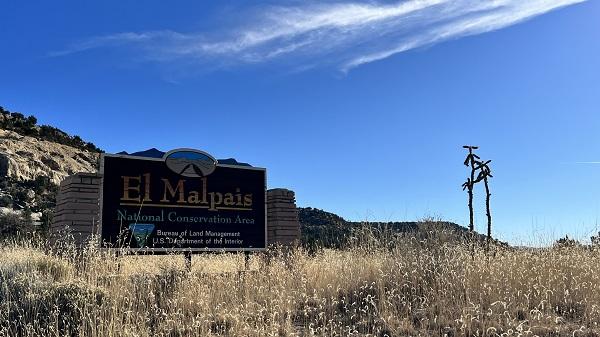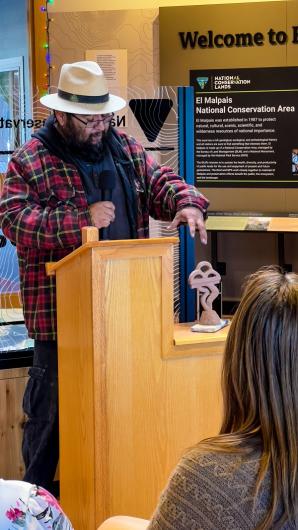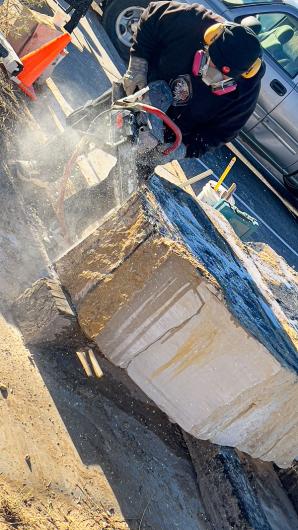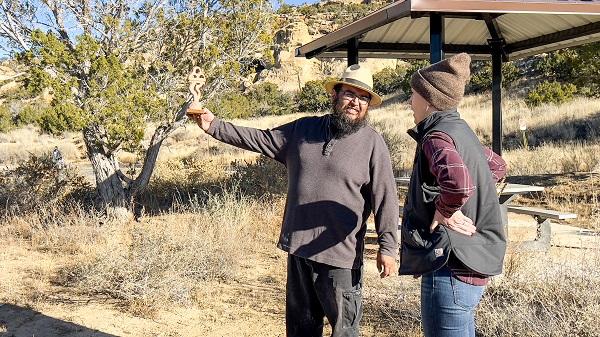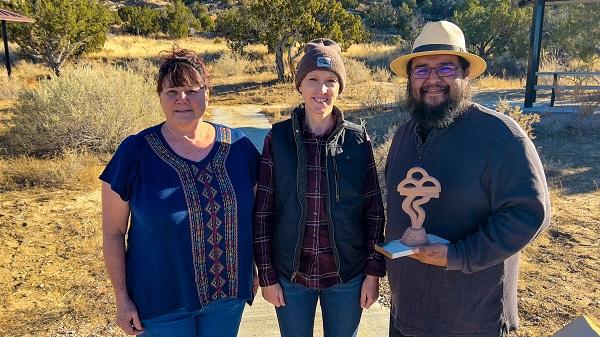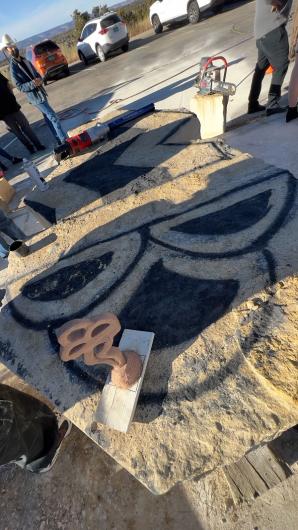Related Stories
- Popular posts: BLM's most viewed blogs of 2025
- Using science to uncover mysteries of the Mesa archaeological site in Alaska
- Lake Havasu Fisheries Improvement Program is the gift that keeps giving
- BLM is thankful for public lands volunteers
- Agua Fria National Monument: A desert oasis with a rich history and a vital present
Office
100 Sun Avenue, NE
Pan American Building, Suite 330
Albuquerque, NM 87109
United States
Phone:
Email:

